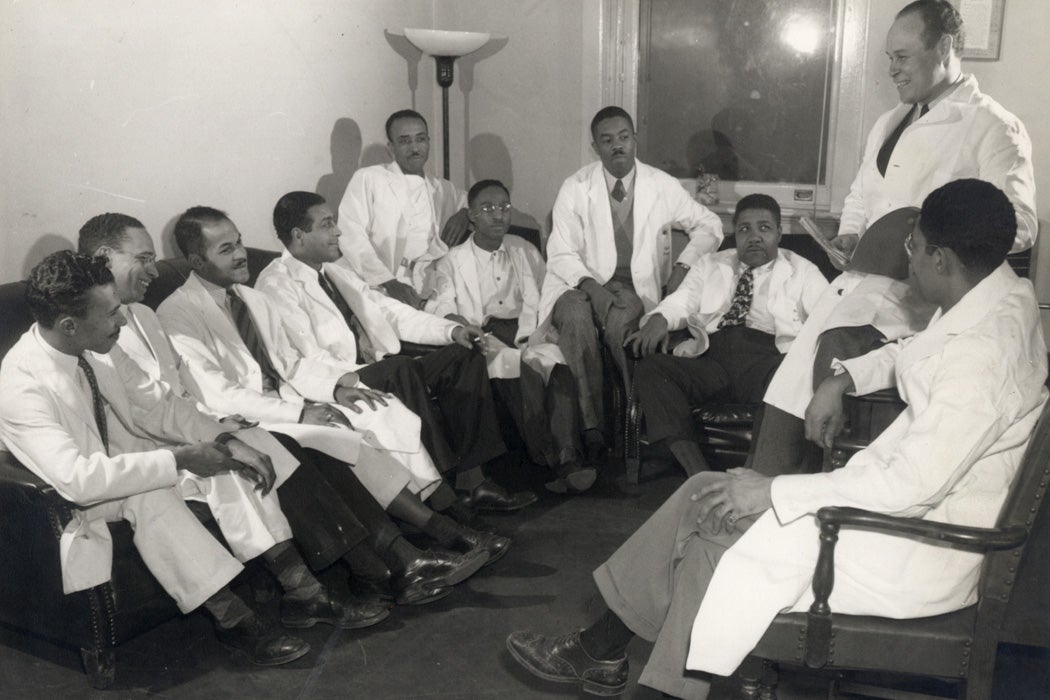Until the early twentieth century, medical schools in the United States resembled today’s for-profit colleges, both in quality and reputation. There were no common standards for curriculum or matriculation. Many schools didn’t even require students to have a high school diploma, and only the most elite programs took more than a year to complete. That all changed in 1910, when educator Abraham Flexner released his exposé on the state of the nation’s medical education.
Flexner was hired by the Carnegie Foundation to undertake an exhaustive study of all medical schools in the U.S. and Canada. According to the historians Lynn Miller and Richard Weiss, the study was funded “covertly” by the American Medical Association, which had a vested interest in protecting the finances of its member-doctors by limiting the number of new physicians entering the profession.
The Flexner Report was unsparing in its criticism. Flexner said that several of the schools were “in no position to make any contribution of value” and called them “beyond repair.”
The deck was particularly stacked against black medical schools. Their students arrived unprepared for their studies because they lacked access to decent high school education. Tuition was substantially lower than the average medical school since most students couldn’t afford higher fees. Lacking funds, schools couldn’t maintain or update their equipment or facilities.
In the wave of reforms that followed, the country’s 148 medical schools were whittled down to sixty-six. Of the seven schools for African-Americans, only two remained standing. Many of Flexner’s critics “fault him for recommending the retention of just two black medical schools,” write Miller and Weiss, “when it should have been obvious that most of the care for the nearly 10 million African Americans would fall to black health care providers.”
Miller and Weiss point out that Flexner’s true intentions were “unknowable,” but suggest that in reality, Flexner was somewhat supportive of black medical schools and argued that they should be held to the same standard as white schools, with consideration given for their disadvantages in funding and resources. But in practice, the Flexner Report all but eliminated medical education for African-Americans, primarily because the American Medical Association used the report to advance an agenda that protected the professional and financial interests of their (white, male) membership.
Weekly Digest
The system of medical training that we’re familiar with today (four years of undergraduate studies, plus four years of medical school, plus an internship and additional years of training for specialization) is the direct result of the Flexner Report and the reforms that followed.
In 2008, nearly a century after the Flexner Report, the AMA formally apologized for “its past history of racial inequality toward African-American physicians.” But the effects of the report on healthcare inequality have persisted: today, less than four percent of practicing U.S. doctors are black. Over 80% of them received their training at Meharry Medical College or Howard University, the two black medical schools that survived the Flexner Era.







